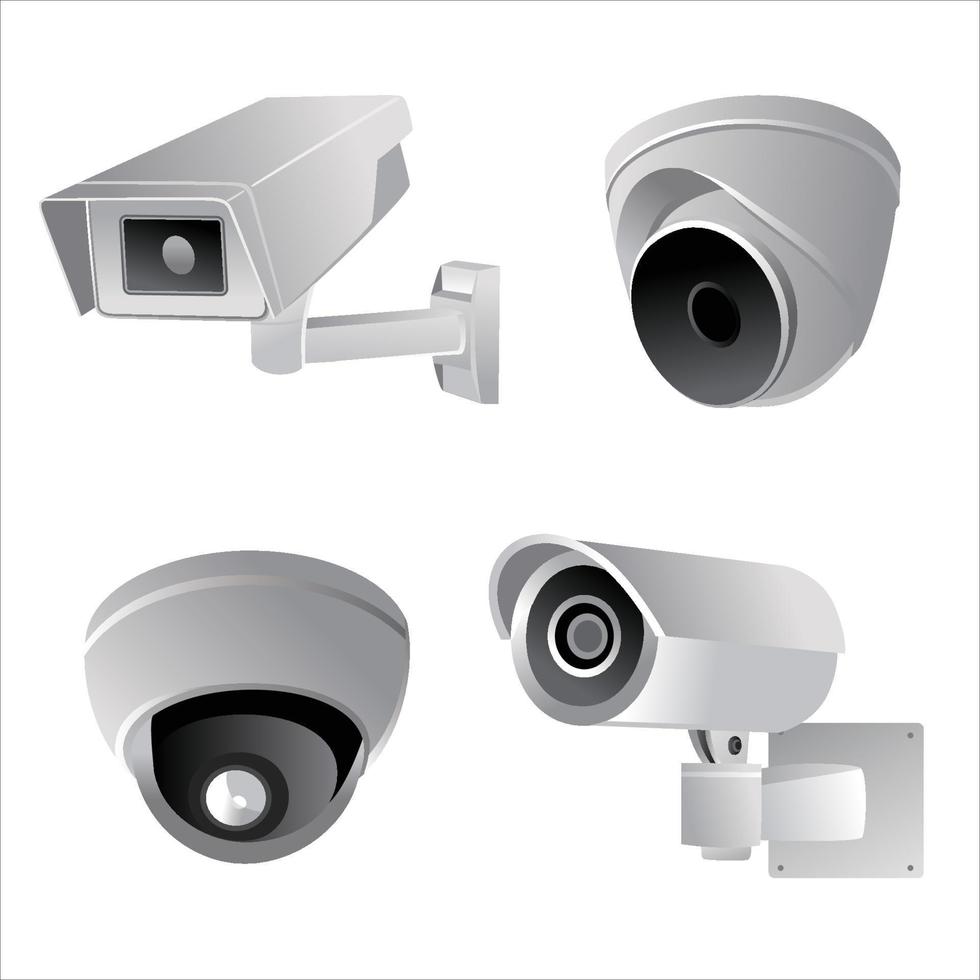In a world increasingly driven by security, automation, and data, the video surveillance market stands at the intersection of public safety and advanced technology. From traffic intersections and airports to schools and private properties, video surveillance systems have become essential components of modern infrastructure. This surge is not just a reflection of rising security concerns but also of rapid technological advancements like AI, IoT, and cloud computing.

In this blog, we’ll explore the current landscape of the video surveillance market, what's fueling its growth, the challenges ahead, and its projected future.
???? Overview of the Video Surveillance Market
The video surveillance market has seen exponential growth over the past decade. In 2023, it was valued at over USD 55 billion globally and is expected to exceed USD 100 billion by 2030, growing at a CAGR of approximately 10%.
This growth is driven by rising concerns over crime and terrorism, the need for remote monitoring, and increasing investments in smart city and infrastructure development projects.
???? Key Components of the Market
The video surveillance ecosystem comprises several elements:
-
Cameras (IP, analog, HD, thermal, PTZ)
-
Storage Solutions (NVRs, DVRs, cloud storage)
-
Monitoring Systems (on-premise, remote, mobile-integrated)
-
Video Analytics (motion detection, facial recognition, license plate recognition)
-
Software (Video Management Software - VMS, AI-powered analytics platforms)
???? Market Drivers
1. Smart City Initiatives
Governments worldwide are heavily investing in smart city projects, where surveillance plays a pivotal role in traffic management, crime prevention, and emergency response.
2. AI & Machine Learning Integration
AI-powered video analytics can identify suspicious behavior, detect anomalies, and trigger alerts in real-time, reducing the need for constant human monitoring.
3. IoT and Cloud Adoption
With the rise of the Internet of Things, surveillance systems can now communicate with smart sensors, alarms, and access control systems, creating a holistic security network.
4. Affordability and Accessibility
Falling hardware costs and flexible cloud-based solutions have made video surveillance systems more accessible to small businesses and households.
5. Public Safety & Pandemic Monitoring
During the COVID-19 pandemic, thermal imaging and occupancy monitoring became new use cases for surveillance systems. Many organizations are retaining these capabilities for post-pandemic safety.
???? Regional Market Trends
-
Asia-Pacific: The largest and fastest-growing market, led by China and India, where urbanization and infrastructure development are major contributors.
-
North America: Driven by adoption in enterprise and public sector applications, with a focus on cloud and AI-based analytics.
-
Europe: Increasing deployment in transportation, border security, and industrial sectors.
-
Middle East & Africa: High demand due to critical infrastructure protection, particularly in oil & gas and commercial sectors.
-
Latin America: Rising urban crime rates and government initiatives are pushing growth.
???? Transition from Analog to IP-based Systems
The industry is undergoing a massive shift from traditional analog systems to digital and IP-based surveillance. IP cameras provide higher resolution, remote access, scalability, and better integration with AI tools. Cloud-based video surveillance, also known as VSaaS (Video Surveillance as a Service), is further accelerating this shift.
???? Privacy Concerns & the Role of Cyber Insurance Market
As the video surveillance market expands and becomes more integrated with the internet and cloud platforms, cybersecurity becomes a crucial concern. IP-based systems are vulnerable to hacking, data breaches, and unauthorized access. The rise in connected surveillance systems has prompted greater interest in the cyber insurance market, as companies seek policies that protect them against losses from data theft and privacy violations related to surveillance networks.
???? The Rise of Intelligent Video Analytics
Advanced analytics is transforming passive surveillance into proactive security management. Key developments include:
-
Facial Recognition: Widely used in law enforcement and retail
-
Behavior Analysis: Detecting loitering, intrusion, or aggressive actions
-
License Plate Recognition: Used in traffic and parking management
-
Crowd Monitoring: Important in public events and pandemic response
-
Heat Maps and People Counting: For retail and facility management
These tools not only improve security but also offer insights into customer behavior, operational inefficiencies, and safety compliance.
???? Market Challenges
Despite its growth, the video surveillance market faces several challenges:
-
Privacy Regulations: Stricter data protection laws like GDPR
-
Cybersecurity Risks: Potential vulnerabilities in networked cameras
-
Data Storage Costs: Especially for high-resolution video
-
Public Resistance: Concerns over surveillance leading to invasion of privacy
Balancing security and privacy will be the key to sustainable growth.
???? Future Outlook
The future of the video surveillance market is bright and transformative. Expect to see more edge-based analytics (processing at the camera level), 5G-powered surveillance for real-time remote access, and even drone-based surveillance in high-risk zones.
Additionally, as businesses become more data-driven, surveillance footage will serve a dual purpose: enhancing security and providing operational intelligence.
???? Conclusion
The video surveillance market is no longer limited to preventing theft or monitoring premises—it is now a central part of smart infrastructure, public safety, business intelligence, and even customer experience. With AI, IoT, and cloud technologies shaping the landscape, the market is poised for groundbreaking innovations.
However, as surveillance becomes more ubiquitous, stakeholders must address concerns around privacy, regulation, and cybersecurity. This will not only ensure trust and transparency but also drive long-term adoption in both public and private sectors.
Related Trending Reports
| Gaming Accessories Market |
| Fire Protection System Market |
| Sports Technology Market |
| Smart Building Market |
| Smart TV Market |
Comments on “Why the Video Surveillance Market is a Key Player in Smart Infrastructure”